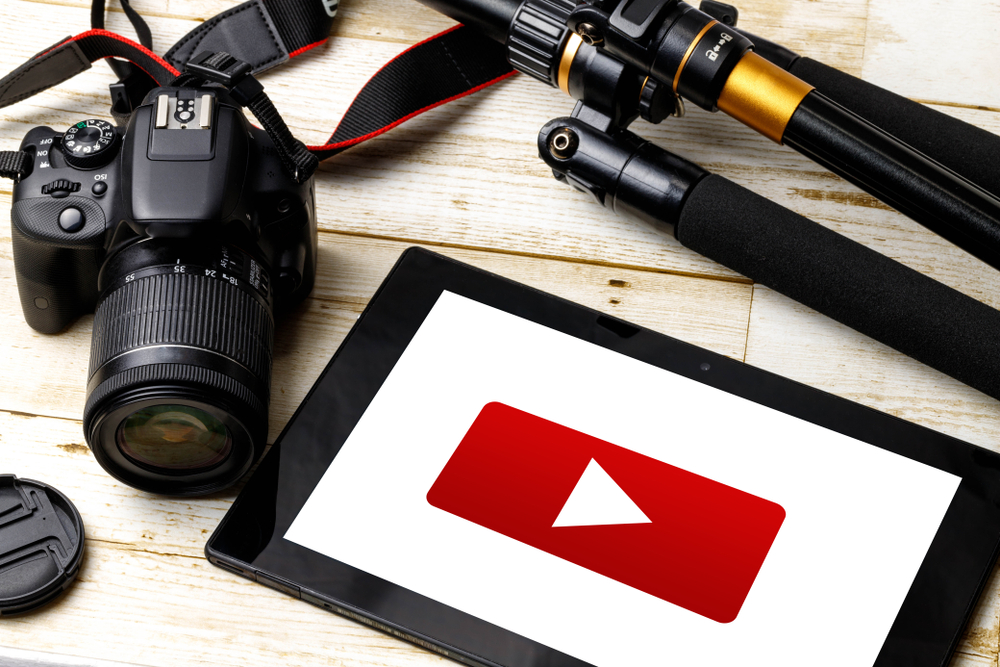Launching a non-profit or building an online presence with YouTube for your higher education organization is never an easy task, especially if you are familiar with social media and how to put it to proper use. Creating a following is possible for even the most challenging markets and industries with the right amount of planning, preparation, and a thorough understanding of the audience you want to reach. With a plan of action in mind, gain supporters while garnering interest for your YouTube channel to better spread the message and promote the cause you represent for your higher education business or your non-profit organization.
1. Consider the Audience You Want to Reach
Consider the audience and demographics you want to reach with your YouTube channel. What is the age, gender, and location of the individual you want to reach? Are there specific keywords and phrases you intend to target to hone in on the audience you want to appeal to with your business, brand, or organization?
2. Create a Posting Schedule
One of the most important aspects of running a successful YouTube channel (especially when representing a non-profit or higher education organization) is maintaining a consistent posting schedule. Create a posting schedule to keep followers and viewers informed of your latest news, updates, and content that is readily available. Use YouTube as a platform to communicate your progress and efforts to create exciting, engaging, and relevant content for your followers and prospective clients, partners, or business associates.
3. Use Multiple Social Media Platforms to Spread Your Message
In addition to utilizing YouTube to spread the message of your non-profit or higher education organization, create social media accounts and pages on alternative networks such as Facebook, Instagram, Twitter, and even Pinterest. Create social media pages based on the audience you want to reach and the relevancy of your message with the platform of your choosing.
4. Join and Become an Active Member of Relevant Groups Using Social Media
Join online groups using social media platforms such as Facebook to learn more about potential competition along with prospective business partners and associates who are involved in higher education or in the non-profit sector. Learn more about non-profits and higher education organizations by joining social media groups which are comprised of professionals in the industry themselves.
5. Ask for Subscribers and Support
Simply take the time to ask your viewers and subscribers for support directly. Ask that viewers subscribe to your YouTube page or share the link to your video via their own blogs, websites, or social media accounts. Maintain an active and ongoing dialogue with those who have a genuine interest in supporting your non-profit or higher education organization using YouTube comments or by creating unique response videos for your followers.
6. Add Annotations
Adding annotations to each individual video you upload to YouTube is not only a way to implement noteworthy commentary throughout your videos, but it is a great opportunity for a unique CTA (call to action) format. YouTube annotations provide creators with the ability to add graphics, images, or even button links into each video they create for the additional potential to drive traffic while generating interest in uploaded content.
7. Embed a YouTube Player into Your Website
Always take the time to embed YouTube videos and players into your official website. Embedding a YouTube video onto your website’s homepage is a great way to drive traffic and potential followers to your site’s YouTube channel.
Creating a successful YouTube channel rarely occurs overnight, even if you share a video that eventually goes “viral.” Without a consistent marketing and content plan, creating a buzzworthy YouTube channel becomes increasingly challenging, even if your current following is genuinely interested in seeing your progress. Knowing how to put YouTube to work for you while sticking to the goals you have set for your non-profit or higher education organization is essential to maximize your online reach and capabilities each time you generate and share new content online.

